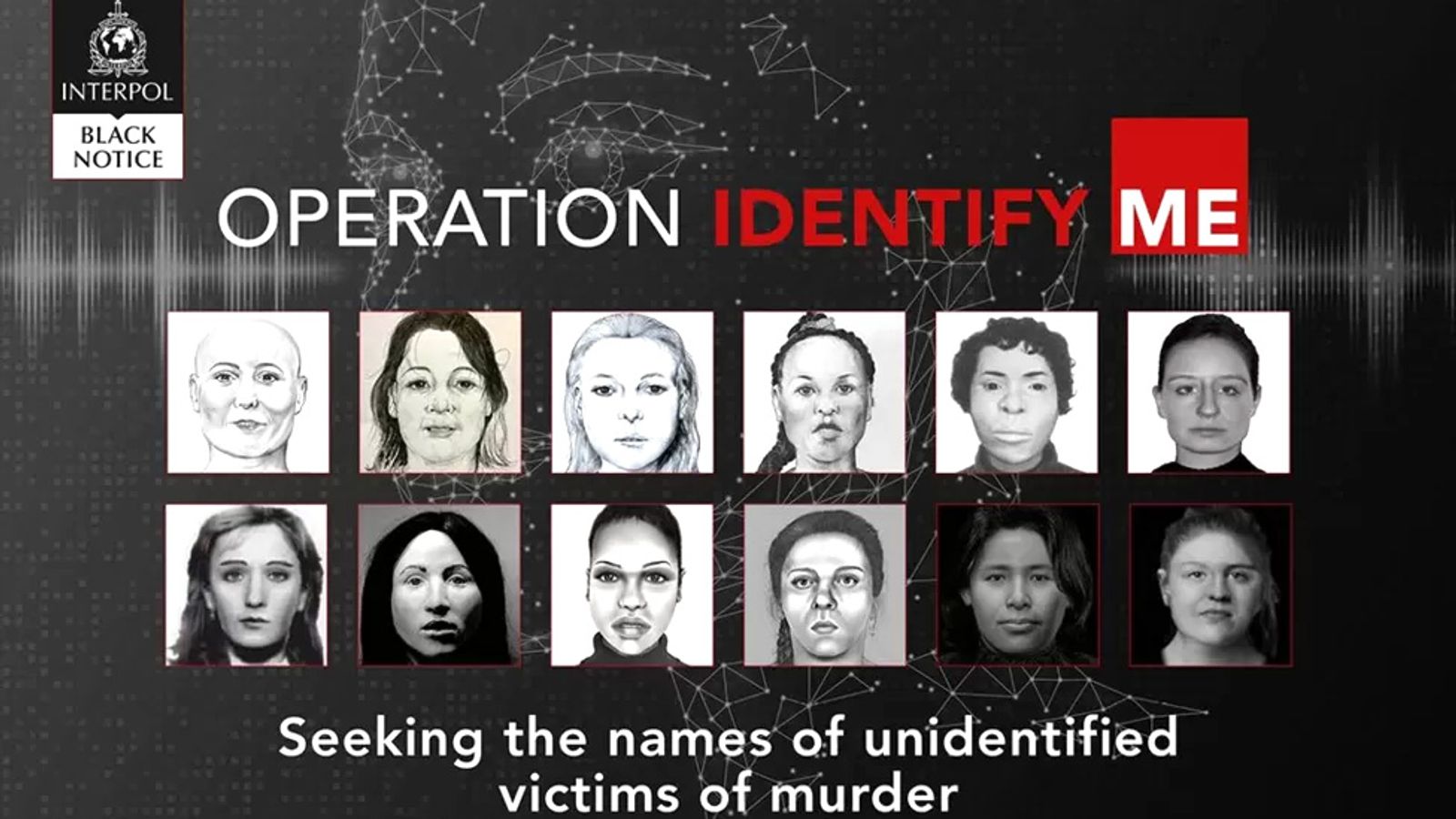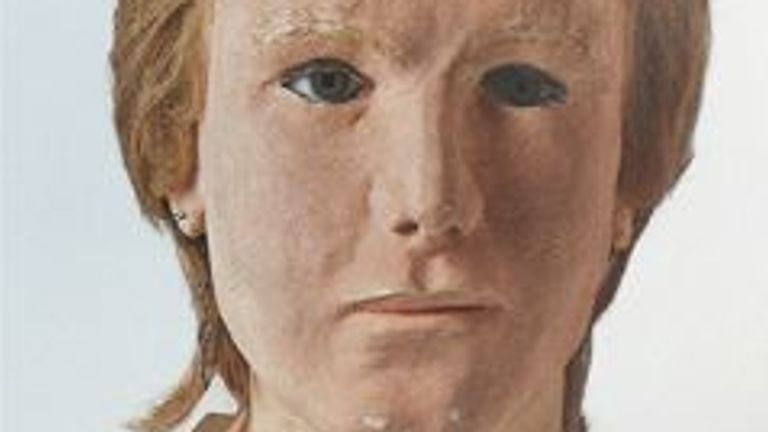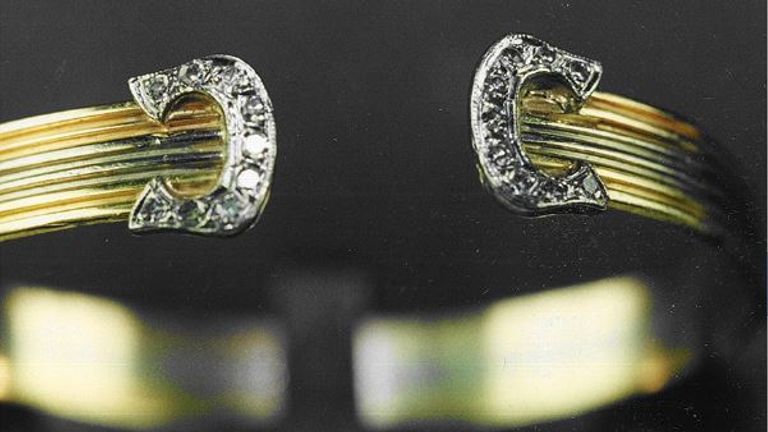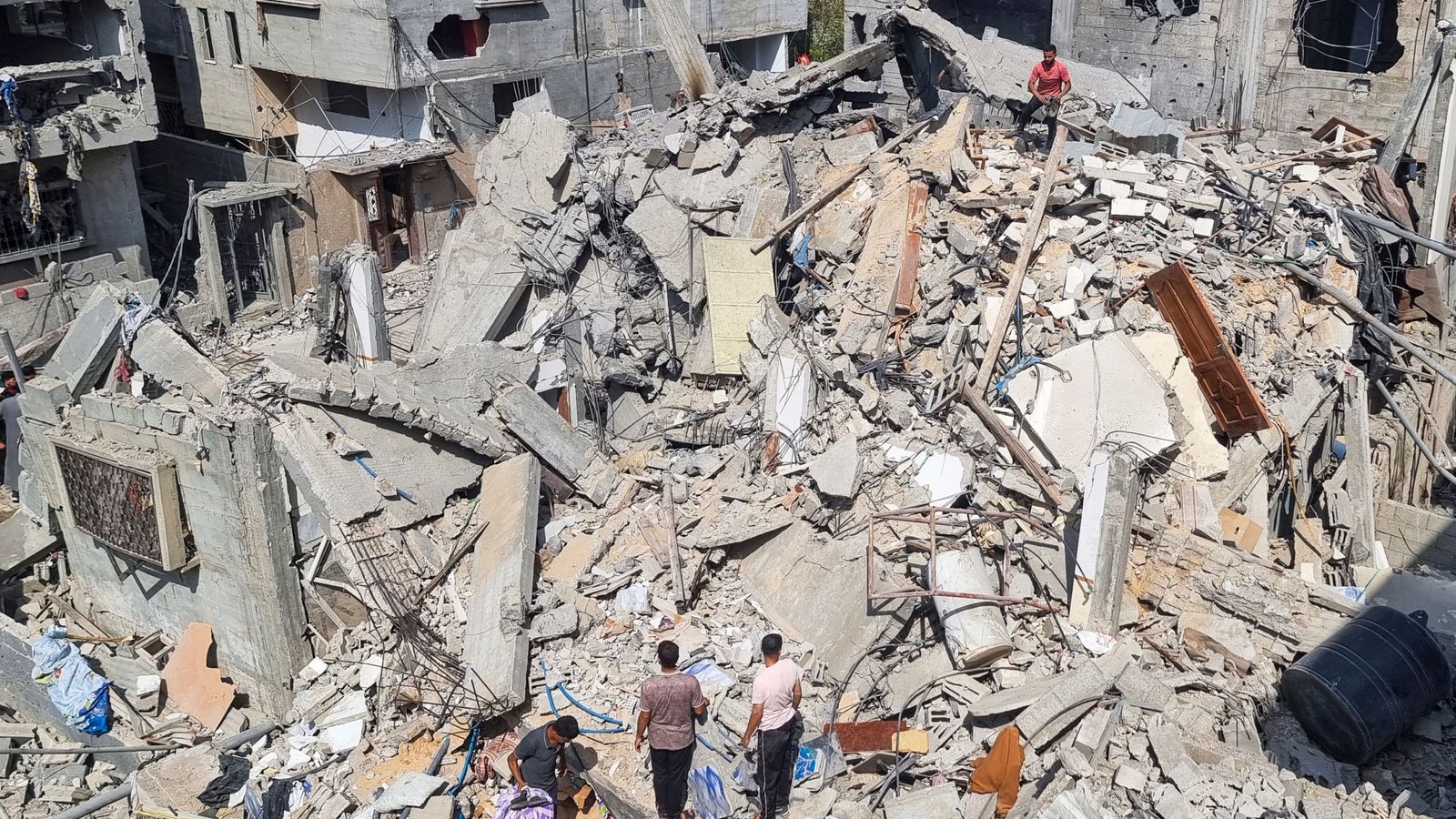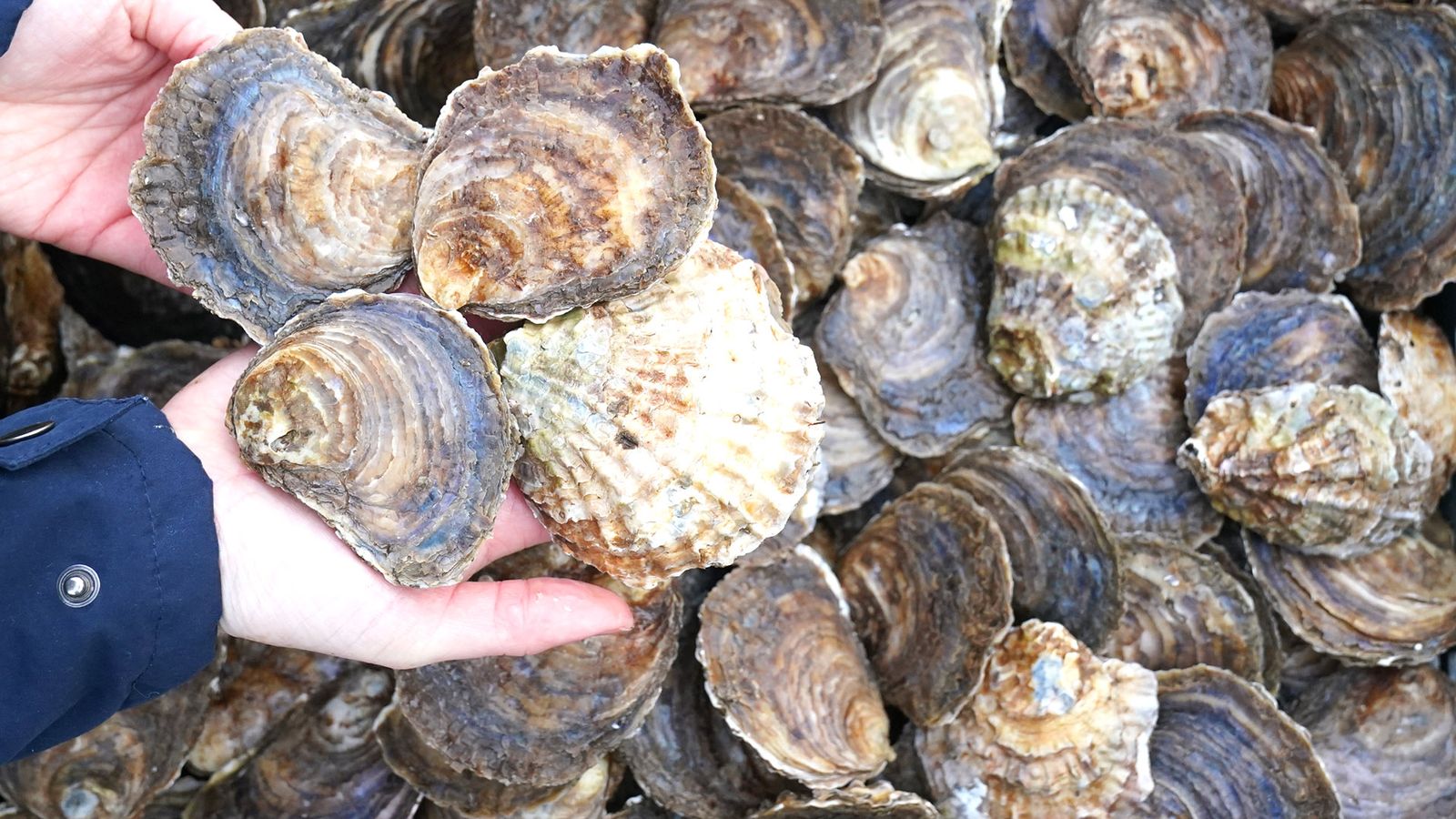
Police in Belgium, Germany and the Netherlands are asking for the public’s help to identify 22 women and girls who they believe have been murdered.
The bodies were discovered across the three European countries between October 1976 and August 2019.
“Most of the 22 victims died violently, and some were also abused or starved before they died,” said Carina van Leeuwen and Martin de Wit in a statement by the Netherlands police, which initiated the public appeal.
They added: “Partly because the women are likely from countries other than where they were found, their identities have not yet been established.
“It is possible that their bodies were left in our countries to impede criminal investigations.”
“We want to stress that we are looking for names,” said Carolien Opdecam, of the Belgian police force.
“The victim’s identity is often the key to unlocking the mysteries of a case.”
With some of the murdered women believed to have come from specific regions in Eastern Europe, identifying them may also provide evidence on the perpetrators of these crimes.
Anja Allendorf, of the German police, said: “In similar investigations, establishing the victim’s identity ultimately has led to the arrest of a suspect.”
The police forces of all three countries have come together to launch Operation Identify Me through Interpol.
The international police group has for the first time made public some details of so-called black notices which are used to seek information and intelligence on unidentified bodies and to determine the circumstances surrounding the death.
Black notices are usually circulated internally among Interpol’s global network of police forces.
The cold cases include a woman with a flower tattoo who was found in the Groot Schijn River in Antwerp, Belgium; the discovery of a body which had been burned in a forest in Altena-Bergfeld in Germany; and the remains of a female believed to be 16-35 years old which were found in a bag in the IJ River in Amsterdam, the Netherlands.
Details on each case have been made available on the Interpol website showing facial reconstructions of some of the victims, as well as videos and pictures of items such as jewellery and clothing which were discovered at the various sites where their remains were dumped.
It also includes information such as their estimated age, hair and eye colour and other physical characteristics.
Members of the public, particularly those who remember a missing friend or family member, are being invited to contact their relevant national police team should they have any information.
Read more from Sky News:
Trump attacks ‘biased’ judge after jury finds he sexually abused writer
Man pleads guilty to hacking stars’ Twitter accounts
Ireland fails to qualify for grand final of Eurovision Song Contest
“Black Notices allow law enforcement agencies to collaborate and share information across borders, ultimately helping to bring closure to the families of the deceased and bring offenders to justice,” said Susan Hitchin, coordinator of Interpol’s DNA Unit.
“Advances in technology across the different fields of forensic human identification have been significant in helping solve cold cases.”

